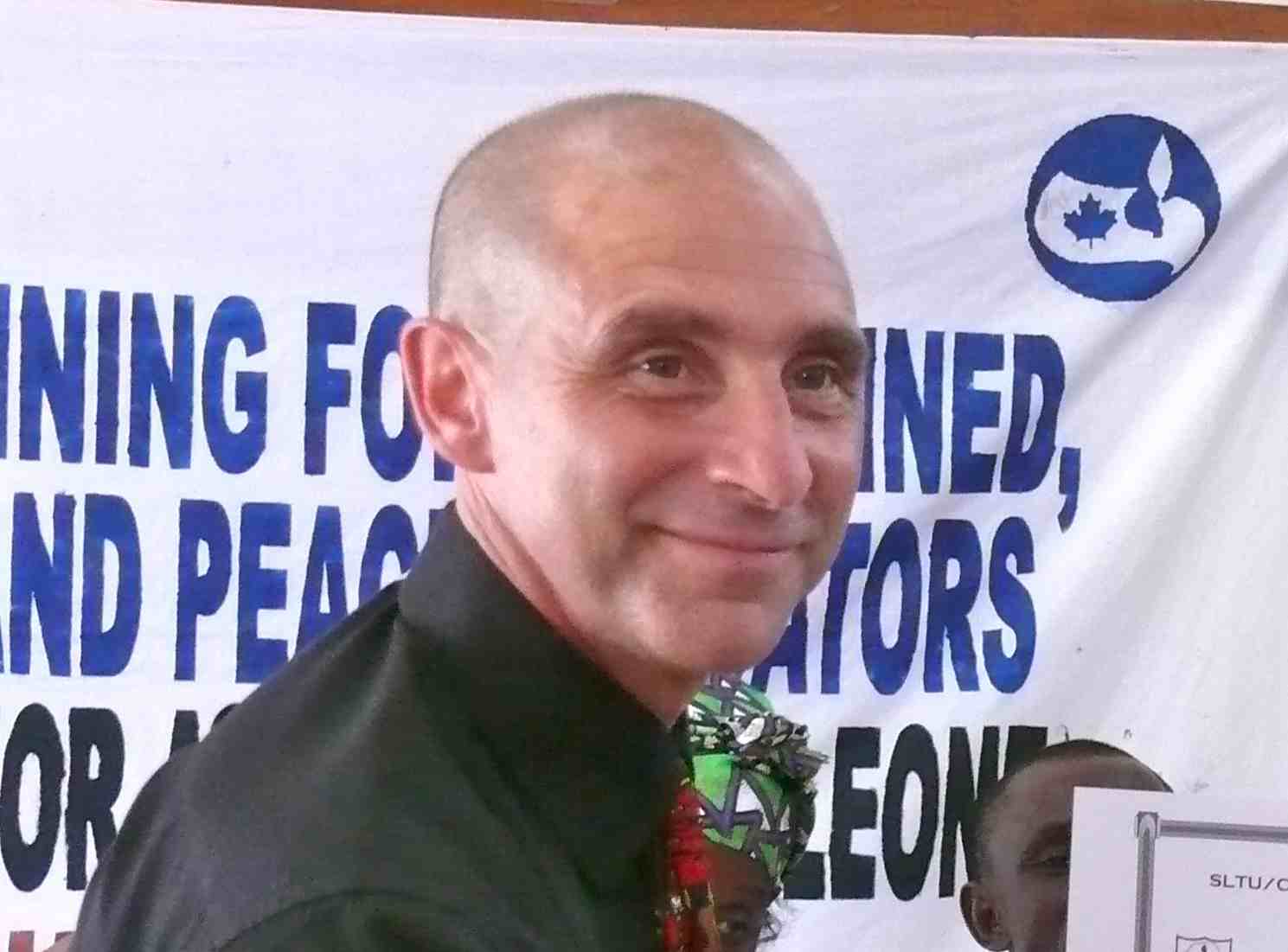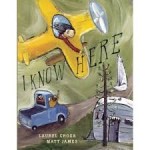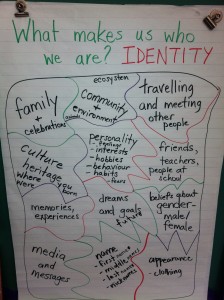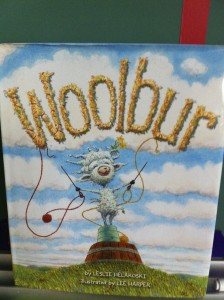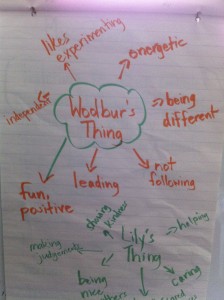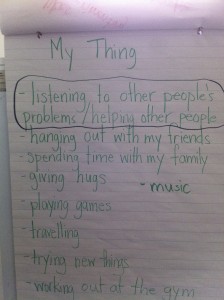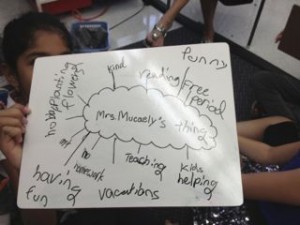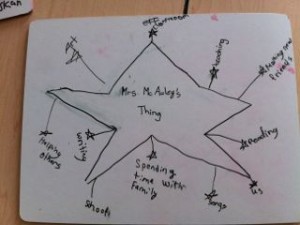Teachers spend a lot of time trying to identify students’ strengths. Through the lens of an attributes-based approach, we can use those identified strengths to intentionally structure tailored learning opportunities. The Heart of Teaching and Learning reminds us that we can empower our students by simply acknowledging and purposefully using their positive attributes. Truly, at the heart of teaching is the belief that every child is special, that every child is strong in a way.
Such a heavy focus on student strengths makes me wonder if we adequately acknowledge our students’ weaknesses. In our quest to identify strengths, what do we do when we discover that some of our students are, in fact, quite fragile?
Admittedly, all of us are fragile a little bit, but we keep it very hidden. “Most of the the time, we have to be strong, we must not show our fragility. We’ve known that since the schoolyard,” writes contemporary philosopher Alain de Botton in his new book, Art as Therapy.
It’s unfortunate that we often unassumingly teach the lesson that fragility should be replaced with strength. “Just ignore him, Sally,” we say to the girl who comes to us in tears for the umpteenth time because of a classroom bully, “and if you don’t give a reaction, he’ll stop bugging you.” “Walk it off, Scott!” we say to the boy who hurts himself on the pavement. “No, you don’t need a Band-Aid. Go. Play.” We’ve all dished out the unhelpful advice that really teaches this lesson: toughen up already.
But fragility has its place. Alain de Botton gives us this object lesson using Venetian glass goblets:
Venetian glass doesn’t apologise for its weakness. It admits its delicacy; it is confident enough to demand careful treatment; it makes the world understand it could easily be damaged.
It’s not fragile because of a deficiency, or by mistake. It’s not as if its maker was trying to make it tough and hardy and then – stupidly – ended up with something a child could snap, or that would be shattered by clumsy mishandling. It is fragile and easily harmed as the consequence of its search for transparency and refinement and its desire to welcome sunlight and candle light into its depths. Glass can achieve wonderful effects but the necessary price is fragility. Some good things things have to be delicate – the dish says: ‘I am delightful, but if you knock me about I’ll break, and that’s not my fault.’ (Excerpt from Art as Therapy).
Not unlike Venetian glass goblets, some of our students require delicate handling, and we would be remiss to think that the associated character attributes were undesirable. Light bulbs demand to be treated delicately, and when they are, they can shine beautifully.
As teachers, we need to create spaces where fragile children can thrive. Where shy children can interact with others at their own pace. Where children who are easily hurt can find refuge. Where children who are simply unsure of themselves can find acceptance.
Is your school a place where being fragile is okay?

